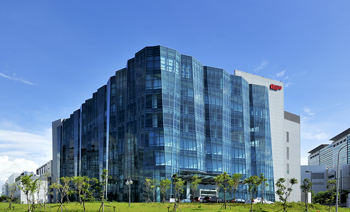It also said that expenses related to the relocation of production to Southeast Asia — as well as impairment losses related to its ongoing restructuring efforts — contributed to the loss.
The Hsinchu-based company recorded net revenue of NT$16,537 million for the year to the end of December, down 25.5% year on year.
The decline in revenue pushed its operating expense ratio up to 12.49%, even though it kept its operating expenses steady from the preceding year at NT$2,065 million.
NSP claims it turned down a number of no-margin sales orders in 2016, following a decline in average selling price (ASPs) of multicrystalline solar cells, due to industry overcapacity.
In January, it said that ASPs had fallen by an average of 30-40% throughout 2016.
It plans to add 200 MW of module production capacity in Taiwan this year, to cater to rising domestic demand.
However, it has also vowed to exit the polycrystalline PV business, while scaling back some of its multicrystalline PV cell production this year, in response to narrowing margins.
It will simultaneously ramp up production of higher-margin monocrystalline products, particularly passivated emitter rear contact (PERC) solar cells.
However, earlier this week NSP declined to comment on reports that it is talking to a number of undisclosed Tier-1 Chinese module suppliers about investing in PERC output at its factory in Nanchang, China, saying that it has yet to make any final decisions.
NSP also plans to intensify its focus on downstream project development in 2017. It has already completed 200 MW of grid-connected solar capacity, with 1 GW in varying stages of development, it said.
This content is protected by copyright and may not be reused. If you want to cooperate with us and would like to reuse some of our content, please contact: editors@pv-magazine.com.



By submitting this form you agree to pv magazine using your data for the purposes of publishing your comment.
Your personal data will only be disclosed or otherwise transmitted to third parties for the purposes of spam filtering or if this is necessary for technical maintenance of the website. Any other transfer to third parties will not take place unless this is justified on the basis of applicable data protection regulations or if pv magazine is legally obliged to do so.
You may revoke this consent at any time with effect for the future, in which case your personal data will be deleted immediately. Otherwise, your data will be deleted if pv magazine has processed your request or the purpose of data storage is fulfilled.
Further information on data privacy can be found in our Data Protection Policy.